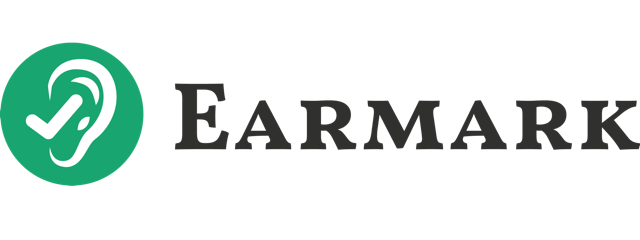Consider this: Kenyth Holdefer, who once worked in the mortgage industry, obtained both his bachelor’s and master’s degrees and successfully passed all four CPA exams, all within just 18 months. His extraordinary journey challenges traditional pathways to CPA certification and offers a potential solution to the accounting industry’s talent shortage.
Ken shared his story on The Accounting Podcast, revealing how he started his accounting journey with just 12 college credits. “I googled ‘quick bachelor’s degree,'” he said, highlighting his unconventional approach.
Fast-Tracking Degrees Through Competency-Based Education
Ken needed a swift career change. With its competency-based education model, Western Governors University (WGU) offered a solution.
“They have a different education model,” Ken explained. “If you know the material, there’s no reason to do a bunch of assignments and papers on stuff you already know. If you can prove you know the material by passing the test—basically, there’s a final exam—and if you pass it, you pass the class.”
This model allowed Ken to complete his bachelor’s degree in just three months—a process that usually takes four years. After a short break, he completed his master’s degree in 30 to 35 days.
Balancing this intense study schedule with a full-time job and family responsibilities, Ken often studied from 7 p.m. to midnight after putting his kids to bed. Remarkably, the total cost for both degrees was under $10,000—a fraction of what students typically spend on a single degree.
But can such an accelerated program prepare someone for the CPA exam and the accounting profession? Ken’s success suggests that it can, but it requires tremendous self-discipline and motivation. “You have to be very self-motivated to do this,” he emphasized.
Ken’s Intensive CPA Exam Preparation
With his degrees completed, Ken faced the CPA exams. He approached this challenge with the same intensity as his education.
Ken quit his job in January and dedicated six months to full-time study before starting at an accounting firm in June. He scheduled all four CPA exams at one-month intervals, aiming to take them all before receiving any scores.
“I took it extremely seriously,” Ken said. “I documented everything I was doing, how many hours I was studying because I wanted to pass them all on the first try.” His routine was grueling: studying 8 a.m. to 5 p.m., Monday through Friday, treating preparation like a full-time job.
He explained, “I glanced over all the material, learned a little about everything, and then really focused on the multiple-choice questions and task-based simulations within two weeks of taking the exam.”
Compared to traditional CPA exam preparation over 12–18 months of part-time study, Ken’s method was revolutionary but challenging. “It was a lot of four-hour nights of sleep,” he admitted.
However, the benefits are clear: a dramatically shortened timeline and total focus on exam preparation. Ken’s success proves this approach can yield impressive results for highly motivated individuals.
Implications for the Accounting Profession
Ken’s rapid journey to CPA challenges the accounting industry. With 75% of CPAs nearing retirement, the profession faces a talent shortage. Could accelerated pathways be the solution?
Faster, more affordable routes could attract a diverse pool, including career changers like Ken. However, the profession must ensure that speed doesn’t compromise quality. The CPA license carries weight due to its rigorous standards. Any changes must maintain the high level of expertise expected from CPAs.
Ken’s success suggests it’s time to think creatively about educating and certifying CPAs. By embracing innovation while maintaining excellence, we can ensure a bright future for the profession.
Want to dive deeper into Ken’s extraordinary journey and join the conversation about revolutionizing the path to CPA certification? Listen to the full The Accounting Podcast episode.
